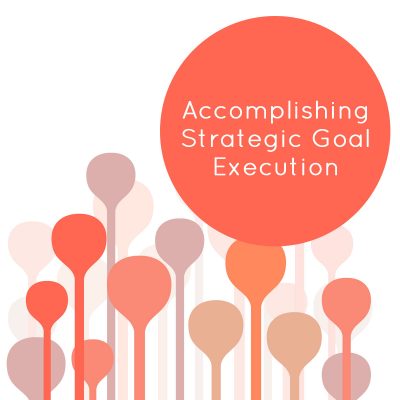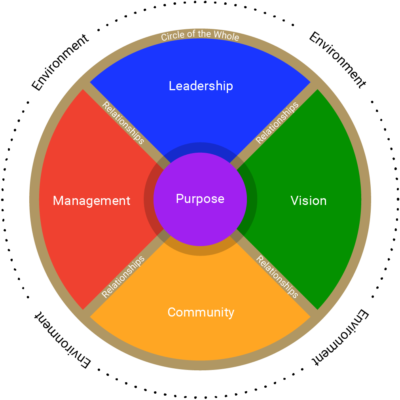
Here’s why the way we approach change matters. One morning, I was at my child’s school for a couple of hours volunteering. I spent most of the time in the office and had a front row seat to all that was going on And there was a lot going on!
- the School Board had happily provided 600 new iPads for classroom use. They were sitting there in boxes on the floor, having arrived without much communication. Staff was grappling with how to find the $2000 budget for new cases because these iPads are a different size than the ones that are being replaced. They were looking at the budget and making hard decisions about what other needed equipment wouldn’t be purchased this year as a result.
- the school kitchen dishwasher had broken, meaning volunteers were washing dishes for the breakfast program by hand. Staff was grappling with how to either fund it being repaired or replaced because the budget rules only allowed for the purchase of 1 new dishwasher per school, without any funding for needed repairs or eventual replacement.
- maintenance staff were altering the new windows that had been recently installed to allow cool outside air in. Decisions to help keep the school warm in winter and safe from intrusion year-round had unintentionally blocked any cool breezes from coming in during warmer months and classrooms were 34°C (93°F).
That was just 2 hours. And just my observations – certainly not everything that happened in the school.
The reality is that change is happening all the time. Every decision each of us makes in our work has consequences. Some intended and some unintended. Some foreseen and some unforeseen. Some that lead to positive change and some that cause challenge.
Changes like this are happening in every organization, every hour of every day. Some of these decisions are big while others are small. They all create something different for the organization going forward.
When Good Change Receives Bad Reactions
In every one of this morning’s examples, a big change had been initiated at some point that was intended to benefit the employees (teachers) and stakeholders (students) of the organization. Upgraded technology for student use, needed equipment to serve kids a hot breakfast every morning, and new windows to improve energy efficiency. All good things, right? All needed things too.
And yet, the reactions that morning were anything but happy.
Leaders might have been shocked, frustrated, or upset if they’d seen the reaction. They were giving employees and stakeholders what they wanted. Why couldn’t they just be grateful?
A Holistic Approach to Change
If leaders had taken a holistic approach to the decisions to make these investments, the results might have been different.
Slowing down and understanding the bigger picture. Engaging with the stakeholders to make sure their perspectives were considered in the decisions being made. From those perspectives, figuring out what questions needed to be asked and what the answers were to those questions. And considering the impacts of the decision not just now, but also once the change has happened. What will be different when the change happens and how do we prepare for that.
By taking this kind of holistic approach, leaders at the school might have considered:
- what other materials would be needed with the new iPads to make sure they wouldn’t break in the hands of 4-7 year olds
- how the dishwasher would stay in good working condition after its initial installation
- that even though it was winter when the windows were installed and the focus was on staying warm, summer would eventually come and the building has no air conditioning
Every good and helpful decision can have challenging consequences too. By taking a holistic approach to change, including many perspectives, and thinking of change as ongoing rather than at a single moment in time, decisions can be made that are met with joy and appreciation, especially for the consideration shown for how those decisions get implemented well.
Photo by Patricia Prudente on Unsplash











Leave a Reply
You must be logged in to post a comment.